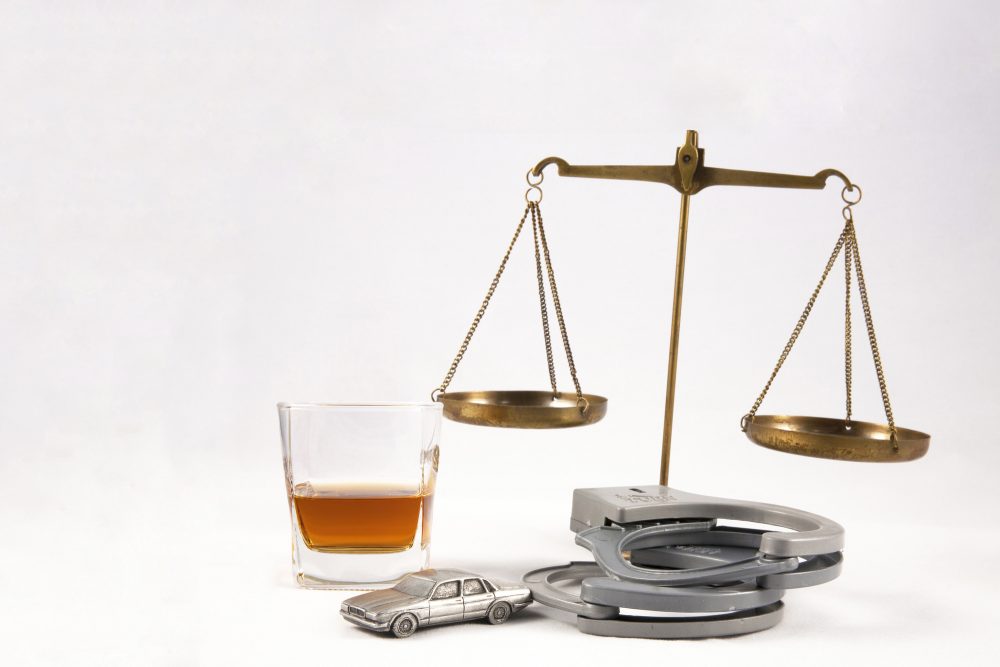Hopefully, if you are ever pulled over or arrested for a DUI or a DWI, you’re not going to need to blame it on a failing football team!
Most people are abundantly aware of the dangers of driving while intoxicated. But just as many people often don’t understand the acronyms DUI or DWI.
The difference between DUI and DWI in Texas can be subtle and specific, which makes the terms interchangeable for a lot of people.
We’ve got some helpful information about these key differences for you to learn about today. Keep reading!
Considering Intoxication
When you see someone pulled over on the side of the road, you might notice something odd. An officer might be flashing lights in their eyes, making them walk on a line, or say the alphabet backward. They may be blowing into a device even.
These are different types of sobriety tests. When a person operates a vehicle, their blood or breath alcohol concentration (BAC) can’t be at or above 0.08% in Texas. The state considers a person legally intoxicated at this point.
The blood or breath alcohol concentration test is usually administered through breath with a breathalyzer. A sample of your blood or urine can also test alcohol concentration. Then again, you’re unlikely to see a police office drawing blood or someone urinating in a cup on the side of the road.
The test measures the amount of alcohol in your system, regardless of how it’s administered. The numbered result is usually a low one, such as “0.01,” “0.02,” “0.03,” etc. These numbers represent percentages of alcohol in your breath or bloodstream.
In general, your liver processes a certain amount of alcohol when it enters your body, but it can only handle so much. Which means, the more alcohol one drinks the more of it remains in your blood.
Certain BAC levels are more dangerous than others. Obviously, the higher the percentage the greater impaired you’ll become. Other factors can affect how alcohol impairs an individual, such as age, gender, and weight.
All in all, though, you are legally intoxicated if you’ve reached the legal limit of 0.08% BAC.
Technically, you can refuse these BAC tests, but you’ll risk the consequences, which include driver’s license suspension up to 180 days for the first offense. That suspension could be two years long if you have a second offense within 10 years.
Quick Look: Driving While Intoxicated (DWI)
When looking at the difference between DWI and DUI in Texas, we should start off with DWI, or “driving while intoxicated.” The name is pretty straightforward.
A police officer can charge you with a DWI if you’re operating a vehicle while intoxicated (or a blood alcohol concentration of at least 0.08). This is according to the Texas Penal Code Section 49.04 and usually applies to an individual over the age of 21 – but we’ll get more into that in a second.
The penalties can range depending on some other factors. In general, a DWI is a Class B misdemeanor, although it becomes a Class A misdemeanor if the BAC is 0.15 or above.
This misdemeanor usually results in a fine of about $2,000, possibly a jail sentence of up to 180 days, and up to a year of driver’s license suspension. You could even have to pay up to $2,000 each year for three years to keep your driver’s license.
This Class B misdemeanor can become a second- or third-degree felony if the intoxication leads to the harm of another individual. Second- and third-degree felonies can have jail sentences up to 10 years and tens of thousands of dollars worth of fines.
Quick Look at Driving Under the Influence (DUI)
In the DUI vs DWI conundrum, next up is DUI, or “driving under the influence.” Unlike a DWI, a DUI is a Class C misdemeanor.
This charge is usually reserved for individuals who are minors under the age of 21. In these cases, the minor can not have any amount of alcohol in their system.
Whereas someone can record up to 0.08 on a breathalyzer, a minor can’t read anything above zero. With any amount of alcohol in their system or impairment by drugs, a police officer may charge a minor with driving under the influence.
This Class C misdemeanor can carry a fine of up to $500 and can also include up to 40 hours of community service and mandatory alcohol-awareness classes.
Be aware, though, that a minor under the age of 21 is still at risk of getting a DWI if their BAC reads at or above 0.08.
Recapping the Difference Between DUI and DWI in Texas
If you’re pulled over and suspected of driving while drunk, you may be asking, “what’s the difference between DWI and DUI in Texas?”
It’s a fair question because, often, and especially in movies or TV shows, the two acronyms get tossed around all the time. They seem to be the same thing, except for a few key differences.
A DUI:
- Involves a minor under the age of 21 reading any amount on a BAC test.
- Is a Class C misdemeanor.
- Can carry a fine up to $500, plus up to 40 hours community service and a mandatory class.
A DWI:
- Is a charge used when someone is driving and records a BAC of at least 0.08.
- Is a Class B misdemeanor that becomes a Class A misdemeanor or even a second- or third-degree felony, based on other factors.
- Has harsher penalties than a DIU, such as fines in the thousands of dollars, jail time, community service, and driver’s license suspension.
In any case, a charge such as these can still use the help of an experienced Texas attorney. Someone who understands the nuanced difference between DUI and DWI in Texas who may be able to help lessen penalties.
If you’re interested in seeing what Madrid Law can do for you, feel free to contact us right away with questions or for a free initial consultation!





